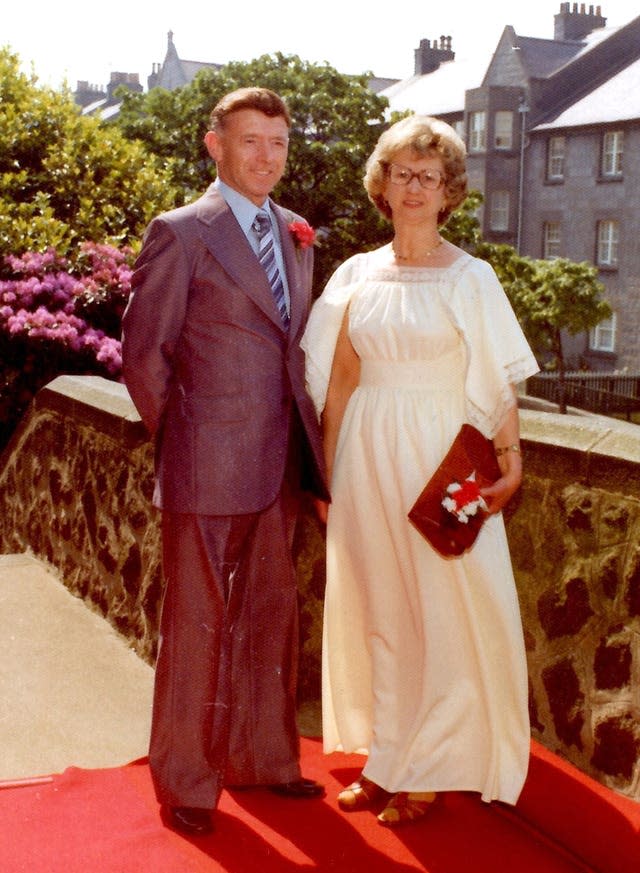Police investigating the murder of a taxi driver in Aberdeen almost 41 years ago have identified 200 people who could have a genetic link to a DNA profile from the scene.
Police Scotland said those identified are not suspects but hope the DNA breakthrough will help their hunt for the murderer.
The family of George Murdoch, 58, known as Dod, have hailed it as a “huge leap forward”.
Mr Murdoch was attacked on the evening of September 29 in 1983 after telling his control room he was heading to Culter.
He turned on to Pitfodels Station Road, on the outskirts of Aberdeen near the Deeside railway line, where he was attacked at around 8.45pm and later died.
A cheese wire was used in the attack.
In a public appeal on the 40th anniversary of the murder in 2023, Police said advancements in forensic analysis had enabled a DNA profile from the scene to be identified.
This has now been further enhanced to allow officers to search for anyone genetically linked to the DNA sample, known as familial DNA.
Officers have searched the National DNA Database to identify potential close relatives of the person in the sample.
An initial list of 200 possible genetic matches to the profile from the scene has been compiled by Police Scotland and the National Crime Agency.
Officers will now attempt to contact these people to establish any family link.
Detective Inspector James Callander said: “This new DNA data is significant and will help take us a step closer to getting justice for Mr Murdoch’s family.
“The familial DNA links identified will assist in tracing people who can help with our inquiries. I want to make clear, these individuals are not suspects, but we hope they may be able to help with our ongoing investigation.
“I would ask everyone to think back to when George was murdered. If you have any concerns at all from around that time please don’t dismiss them, and contact us.
“The solving of this horrific crime requires the help of the public. I would urge anyone with information to please come forward. We want to give George’s family some much needed closure.”
Familial DNA searching is based upon the principle that DNA is inherited and all members of a family share certain aspects of their DNA.
Children share half their DNA from their father and half with their mother. The extent to which siblings share their DNA is variable, but they will tend to share more DNA than unrelated people.


In a statement, Mr Murdoch’s family said: “This latest development with the familial DNA is a huge leap forward and we thank the police for their continued endeavour in getting to this stage.
“It is very encouraging and refreshes our hope that we can finally identify who is responsible for Dod’s murder.”
There have been no arrests in connection with the murder of Mr Murdoch and police continue to appeal for information, with Police Scotland’s Major Investigation Team continuing to investigate the case.
Following a public appeal in 2022, detectives are still seeking information to identify a man who was seen wearing an Iron Maiden T-shirt in Wilson’s Sports Bar in Market Street in Aberdeen in 2015.
Police Scotland can be contacted via 101 or emailed through their dedicated inbox at SCDHOLMESAberdeen@scotland.pnn.police.uk.
